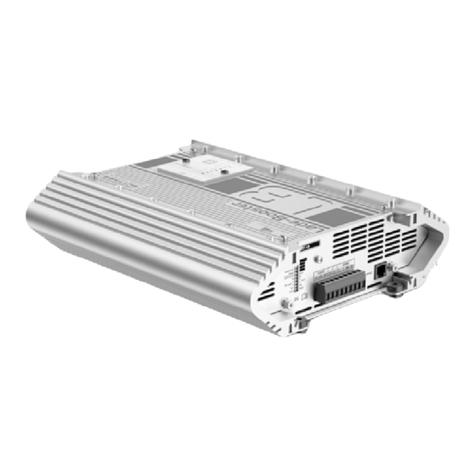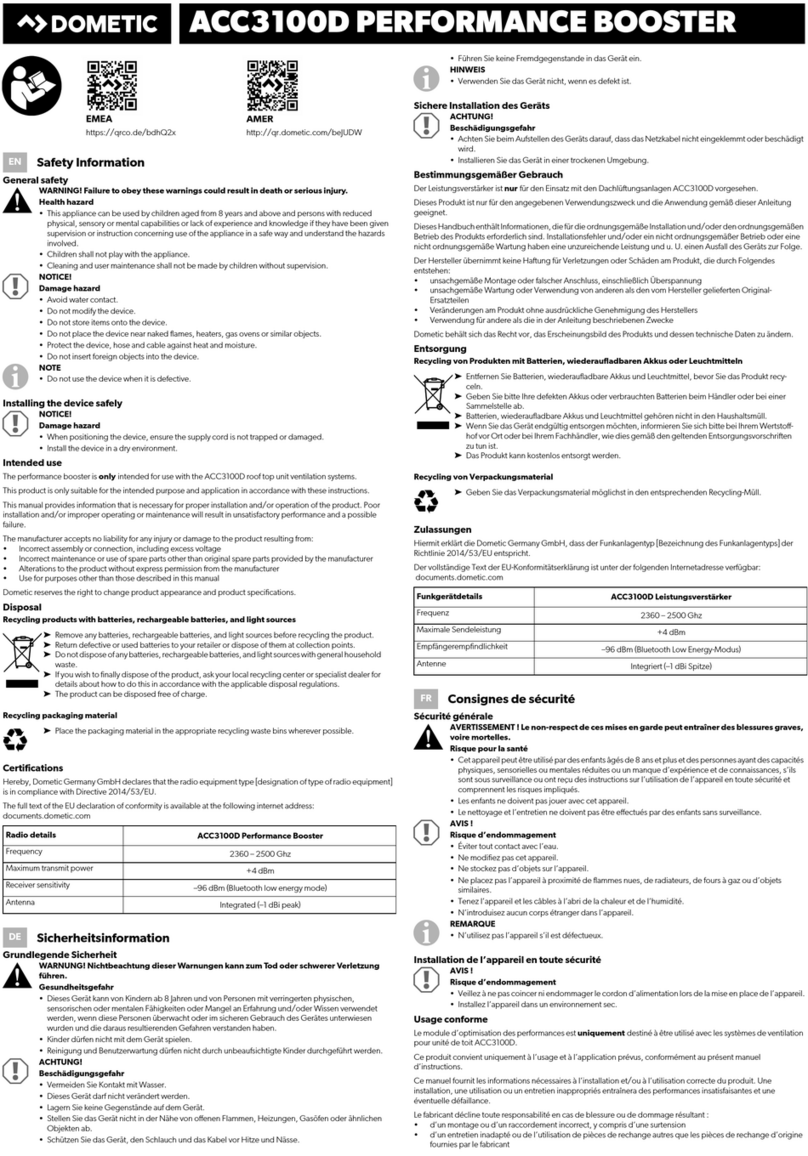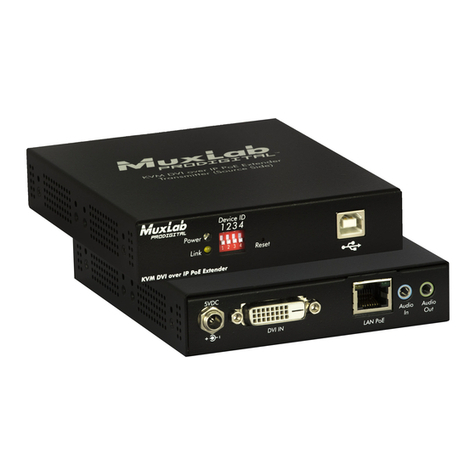Dometic BUTTNER MT BCB30/30/20 IU0U User manual
Other Dometic Extender manuals
Popular Extender manuals by other brands

foxunhd
foxunhd SX-AEX01 operating instructions
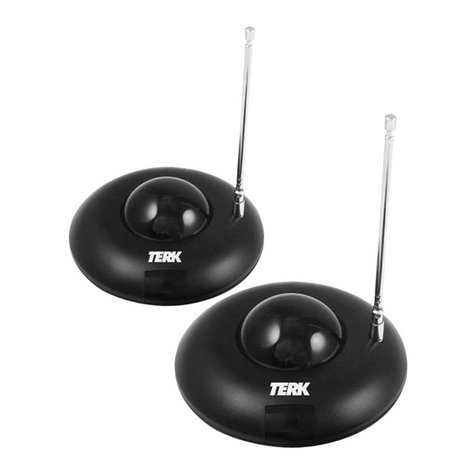
TERK Technologies
TERK Technologies LFIRX2 owner's manual
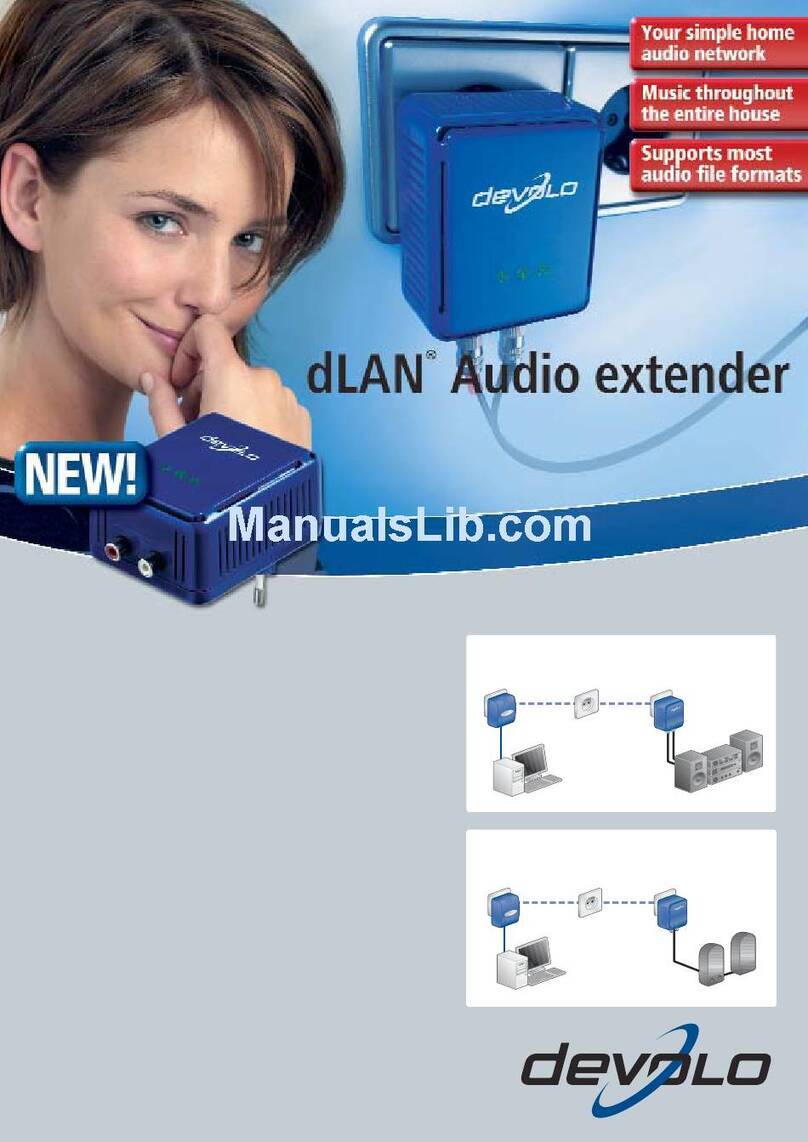
Devolo
Devolo Audio Extender supplementary guide

Edimax
Edimax EW-7438RPn V2 instructions
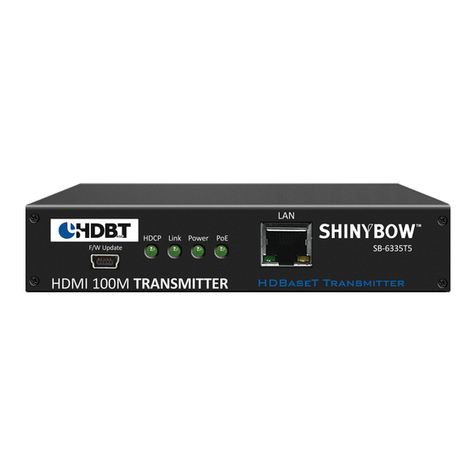
Shinybow USA
Shinybow USA SB-6335T5 instruction manual
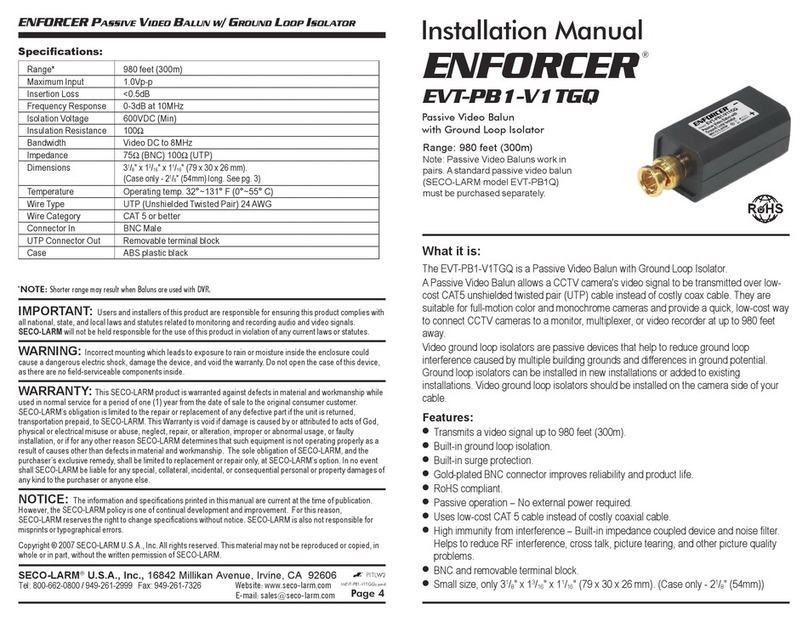
SECO-LARM
SECO-LARM ENFORCER EVT-PB1-V1TGQ installation manual
